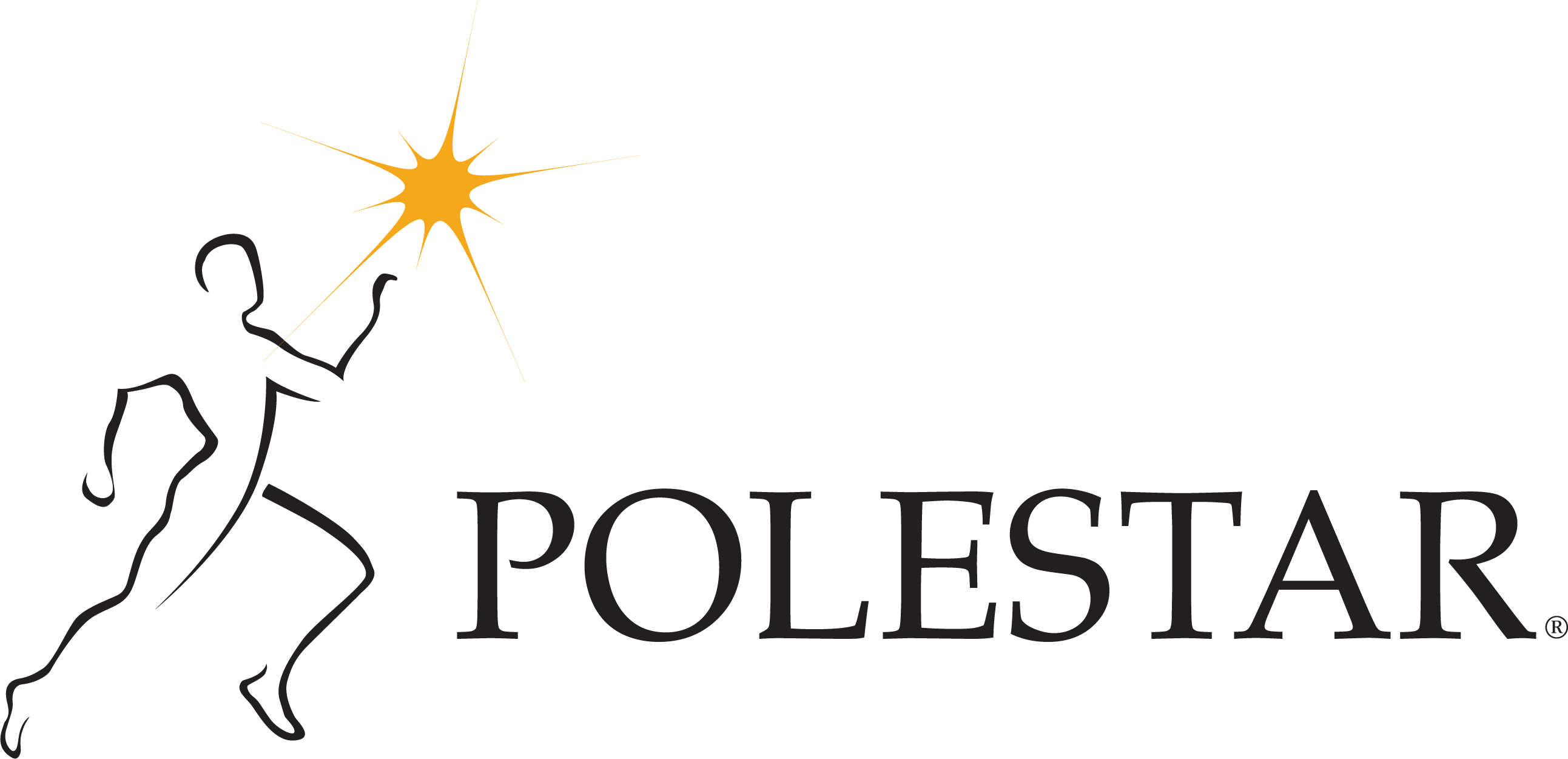
Polestar Faculty and COO Andreina Santaella, NCPT shares her insight and experience as a mother and Pilates teacher. For more on Pilates and pregnancy watch Pilates Hour Episode “Third Trimester Pregnancy”.
A pregnant person’s body goes through many changes that may generate some pain and discomfort; thankfully, there are exercises that can help address these issues. Giving a future mom the opportunity to practice Pilates helps her focus on the joys of becoming a mother while reducing the discomforts of pregnancy.
Doing the right kind of exercise during pregnancy can significantly improve the way you feel, be very beneficial for delivery, and help you get in shape faster after your baby is born.
Breath Training in Pilates and Labor
What sets Pilates apart from other types of exercise is that its benefits go beyond physical conditioning. Pilates teaches you how to control your breathing, which promotes a feeling of peace with your body and mind. It gives you a mechanism to keep calm during stressful situations and fall asleep at night when you feel uncomfortable. Even more importantly, it assists your labor breathing exercises, which, as you know, are key for safe and less stressful delivery.
If you are pregnant and thinking of starting an exercise routine, consider trying Pilates. If somebody you know is pregnant or just gave birth, encourage them to try a Pilates class.
Andreina’s Breathing Sequence
Belly Breathing:

With your hands on your abdomen inhale and feel your abdomen expand into your hands. Exhale and feel your abdomen narrow. Continue to increase the volume of your breath with each repetition. See if you can take more in and expel more air out.
Chest Breathing:

With one hand on your breastbone and one hand between your shoulder blades, breathe into the upper part of your torso. Feel your sternum lift into your front hand while your upper ribs expand into your back hand. Notice if it’s easier for you to breathe in the front or the back.
Ribcage Breathing:

With your hands on either side of your ribcage, inhale and expand your ribs into your hands, exhale and use your hands to help expel the air by narrowing your ribcage. Try to increase the excursion of your ribcage from the narrowest point to the most expanded point.
Strength and Alignment
Women report back pain when carrying a child. The main reason for this is due to bad posture and imposed stress in the spine and back muscles. Pilates helps you strengthen your core and back muscles, distributing the extra weight of the pregnancy through the entire spine.
Andreina’s Strength Sequence
Dead Bug: With upper body supported

Single Leg Stretch: Sitting upright

Quadruped: Leg reaches

Arm reaches:

Combination arm and leg reaches:

Pilates and the Pelvic Floor
Learn more about the pelvic floor here.
Thigh Stretch: mat variation. Work towards opening the fronts of your hips while sliding your sit bones towards the floor as you float up. If the range is too deep, you can place a block or pillow on your ankles to reduce the range.

Chest Expansion Reverse: This take on a Pilates classic uses hand weights to increase the load on the pelvic floor. It also creates a pull towards the floor that helps with opening the collar bones and upper shoulder.

Ready to learn more? Try our #PilatesHour episode 110 “Pelvic Talk”. We want to hear from you! Try these moves at home or with your pregnant clients. Share your photos and videos with us on social media @polestarpilates for a chance to be featured.


Lisa Crozier, B.S., NCPT says
Thank you!
This would be a great Polestar Pilates Hour topic!
pantazopoulou christina says
interested in teacher training course on line
Polestar Pilates says
Where are you located? We offer teacher training online in some countries!
Vivi says
Hi… is there a teacher training online in Indonesia ?
Polestar Pilates says
Hi Vivi, we have training in Indonesia. For more information, you can reach out to Polestar Asia by clicking here